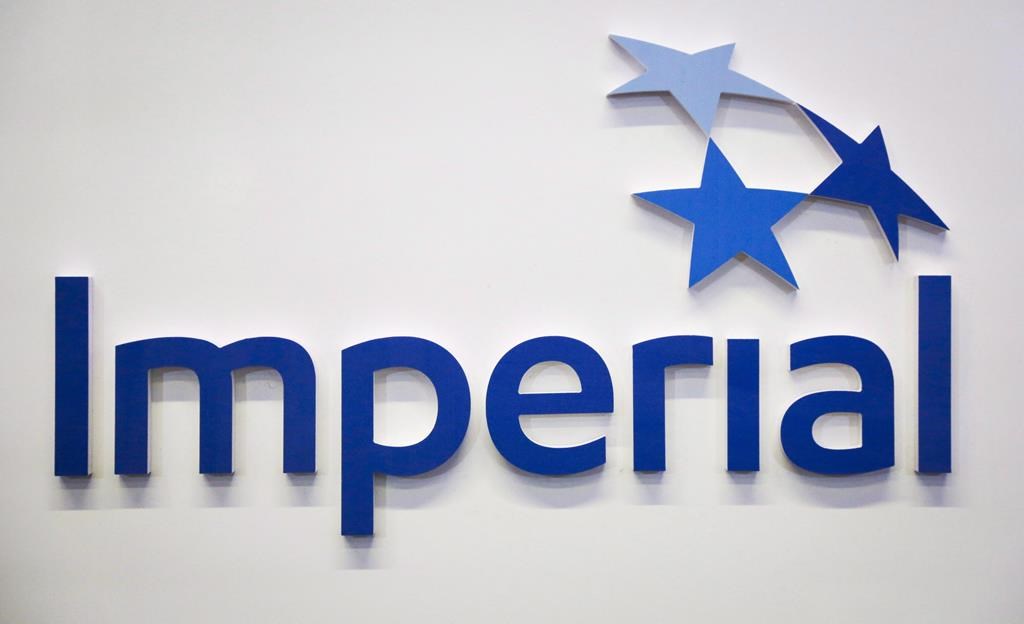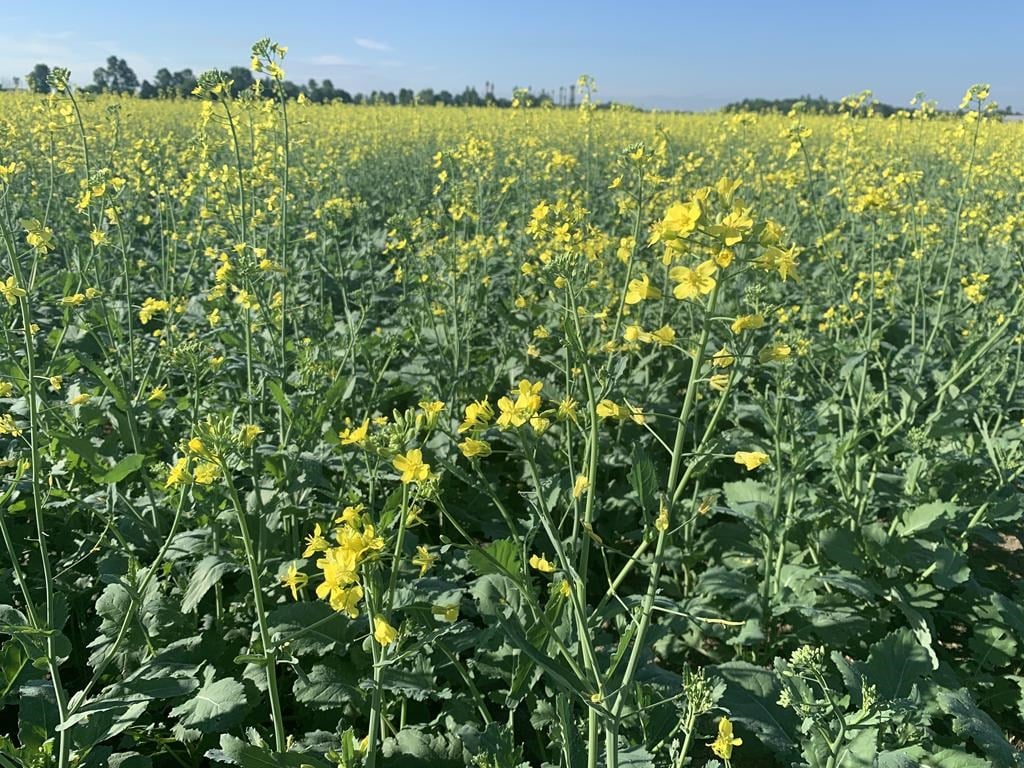
How to use the home buyers’ plan
Prostock-studio / Shutterstock
Updated: February 01, 2024
Buying your first home? You can fund your downpayment through the Home Buyers’ Plan, which allows you to withdraw money tax-free from your RRSP.
According to the Canadian Real Estate Association, the average home price in Canada is expected to increase to $694,173 (up 2.3% from 2023) in 2024, making it even more difficult for Canadians to come up with the required 5% down payment on a home of their own.
If this sounds like your financial situation, you have a few options. First, you could tough it out and save up the money, but that option could take several years. Another option is to have money gifted to you by your parents. A monetary gift is becoming an increasingly popular way to save enough money for a home down payment, but not everyone can raid the Bank of Mom and Dad.
Finally, you could borrow money from your RRSP to fortify your down payment savings. Now, we know what you’re thinking – isn’t RRSP money locked in, and don’t I have to pay tax on it if I withdraw it early?
The answer to those questions is yes. Normally, withdrawing money early from your RRSP will result in tax penalties. However, two government programs let you withdraw money from your RRSP tax-free, and one of them is called the RRSP Home Buyers’ Plan.
What is the Home Buyers’ Plan?
The Home Buyers’ Plan is a government program that allows those buying their first home to withdraw up to $35,000 from their RRSP to use as a down payment on a home. If you’re purchasing a home with someone who is also a first-time homebuyer, you can both access the Home Buyer’s Plan for a combined total of $70,000. The Home Buyer’s Plan isn’t a grant. Instead, it’s a loan from you to you, and because it’s a loan, you will need to pay it back to yourself over 15 years.
Who can use the Home Buyers' Plan?
The Home Buyers’ Plan is a program that allows all eligible first-time homebuyers to withdraw up to $35,000 tax-free ($70,000 for a couple) from a [Registered Retirement Savings Plan (RRSP). The withdrawn funds must be used as a down payment on either the purchase of a resale home or new home construction.
Pros and cons of RRSP Home Buyers’ Plan
Should you tap into the RRSP Home Buyers’ Plan? The answer isn’t easy, but weighing the pros and cons can help you decide:
Pros
-
Contributions to your RRSP are tax-sheltered, and you can take advantage of that tax-free growth.
-
There is a two-year grace period before you must pay back your loan over a 15-year term.
-
There is no maximum payback limit, so you can pay back the entire loan immediately if you’d prefer.
-
The Home Buyer’s Plan lets you take an interest-free loan from yourself.
-
You can lower your taxable income by claiming the RRSP contributions, which decreases your tax burden.
Cons
-
The money you withdraw is not debt in a traditional sense, but it’s still a loan from yourself and must be paid back within 15 years.
-
The loan is interest-free, but you are losing out on the potential for compound interest if that money would’ve otherwise been invested for your future.
-
The window of time that you can apply for the Home Buyers’ Plan is small, so you’ll have to be very organized.
-
If you time your withdrawal poorly, you could lose out on a lot of tax-sheltered investment growth.
Who can apply?
There are several restrictions on who can apply for the Home Buyers’ Plan:
- You must be a first-time homebuyer, which means you can’t have owned a home within the previous four years. There are some exceptions for people with disabilities.
- You can only withdraw money that has been in your RRSP for 90 days or more. Keep this restriction in mind if you plan to use a large windfall for your down payment.
- You must have entered into a written agreement to buy a specific home. General mortgage pre-approval is not enough.
- You must use the home as your principal residence within one year after buying or building it; income properties are not eligible.
- You can still apply for the Home Buyers’ Plan if you’ve already purchased a home, but it must have been in the past 30 days.
- You must be a resident of Canada.
How the Home Buyers' Plan works
Understanding the Home Buyers' Plan starts with understanding your RRSP. When you contribute to your RRSP, you get a tax deduction. The contributed funds benefit from tax-deferred growth, since any contribution to your RRSP can grow without triggering taxation.
That said, if you remove funds from the account before retirement, the withdrawal is added to your taxable income, plus you pay withholding fees. However, if you withdraw funds through the HBP, you pay no tax and you have 15 years to repay the withdrawn sum.
Withdrawing From Your RRSP under the Home Buyer’s Plan
Withdrawing money under the Home Buyers’ Plan isn’t as simple as asking your bank to make the transfer. Going that route will most certainly result in you getting dinged at tax time. Instead, you’ll need to download the T1036 Home Buyers’ Plan (HBP) Request to Withdraw Funds from an RRSP form on the Canada Revenue Agency Website. The form is available as a print-out or as a fillable/savable option, and you’ll need one form per RRSP. So, if, for example, you have money saved in an RRSP savings account and an RRSP investment account, and you plan to withdraw from both, you’ll need to fill out and submit two forms.
The form itself is only a single page and has two sections, Area 1 and Area 2. Area 1 is filled out by you, the homebuyer. Once that section is complete, give the form to your financial institution, and they will complete Area 2 and take care of moving your money to your desired account. This process may take several days, so it’s important to be prompt.
Once the money is in your account, you can use it for your home’s down payment. Then, either immediately or near tax time, your financial institution will issue you a T4RSP form, which confirms how much you withdrew from your RRSP under the Home Buyers’ Plan. When you file your taxes for the year you made your withdrawal, you’ll use this form to ensure no tax is withheld on your withdrawals.
Don’t forget that you have to make your withdrawal within 30 days of taking the title of the home. After that, you are not eligible for the Home Buyers’ Plan.
Important reminder: The 90 Days rule
Keep in mind that any money in your RRSP for 90 days or less is not eligible for the Home Buyers’ Plan. So, for example, if you’ve been contributing $1,000 per month to your RRSP, $3,000 of your total balance is not eligible for withdrawal under this program.
Second, keep in mind that some mutual funds have their own rules about how soon you can withdraw money after it’s been invested. For maximum flexibility, we recommend choosing a robo advisor like Wealthsimple, which has no such restrictions. Or, if you prefer to go the DIY investment route, a discount brokerage like Questrade is a great choice.
Read more: The best robo advisors in Canada 2023: A complete guide to robo investing
When to use the RRSP Home Buyers' Plan
You should consider using the Home Buyers' Plan if:
- The withdrawn funds will help boost your down payment and, ultimately, make it possible to purchase a property;
- The funds withdrawn were in your RRSP account for 90 days or longer;
- You expect to earn more — and contribute more to your RRSP — in future years;
- You have a plan to repay the funds within the required 15-year term (to avoid fees or penalties).
There are two other critical moments when using the first-time Home Buyers' Plan makes sense:
- You are recently separated or divorced and looking for an opportunity to get back into the property market;
- Four or more years have passed since you first owned any property, and you'd like to get back into the property market.
Repaying the Home Buyers’ Plan
The Home Buyers’ Plan is a loan from yourself, and like all loans, you have to pay it back. Two years after you withdraw money from your RRSP under the Home Buyers’ Plan, you must start repaying your loan to yourself. You have 15 years to pay back the loan. For example, if you borrowed $35,000 under the Home Buyers’ Plan in 2020, then in 2022, you would have to start repaying your RRSP at a rate of at least $2,333 per year.
To repay the loan, make contributions to your RRSP, and at tax time, designate a portion of those contributions as your Home Buyers’ Plan repayment. You can also pay your loan back faster by designating a bigger portion of your RRSP contributions as loan repayment.
Once you start repaying your Home Buyers’ Plan withdrawal, your repayment will be reflected on your Notice of Assessment, so it is easy to keep track of how much you have left to repay.
What happens if you don’t repay the Home Buyers’ Plan?
When you withdraw money for your house down payment under the Home Buyers’ Plan, it’s with the understanding that you’ll pay the money back to your RRSP over the 15-year repayment term. During that time, you must repay at least 1/15 of the borrowed balance every year.
If you don’t make a repayment, that money is considered RRSP income and will be taxed accordingly. That amount will reduce what’s left owing on your Home Buyers’ Plan loan. We strongly recommend that you prioritize repaying your Home Buyers’ Plan loan since not repaying it will result in income tax owing at tax time.
Saving for a home down payment in an RRSP
You could also save money for your down payment in an RRSP savings account, which would allow you to claim an RRSP deduction and result in an income tax refund but wouldn’t impede your progress on saving for retirement.
If you plan to go this route, it’s better to save for your home down payment in an RRSP high-interest savings account instead of an investment account. This is because the time until you need the money (known as your investment horizon) is too short to invest the money in stocks. If the market dipped, you wouldn’t have time to recover your losses before it was time to withdraw the money to purchase your first home.
A TFSA might also be a better choice, as you can withdraw the money tax-free at any time, for any purpose.
Read more: How to save for a down payment
Keep the Home Buyers' Plan in mind
Given the astronomical cost of housing in Canada, knowing when and how to use RRSP contributions as part of your home buying strategy can be a powerful tool for aspiring homeowners.
The verdict: Should you use the Home Buyers’ Plan?
The RRSP Home Buyers’ Plan is an excellent way to increase the size of your down payment. The downside of withdrawing money from your RRSP is that you’ll miss out on the compound interest that could be accumulating for retirement, especially if you never repay the loan or take the full 15 years to repay it.
It’s not a good idea to permanently raid your retirement fund in favour of homeownership. So, if you doubt your ability to make RRSP contributions and repay it at least at a rate of 1/15 per year, think twice about using the Home Buyers’ Plan.
Ultimately, we can’t emphasize enough the importance of prioritizing your retirement savings, whether it’s in a TFSA or RRSP. That said, if you’re confident in your ability to pay back your Home Buyers’ Plan withdrawal promptly, it can be a good option to increase your home down payment.
Read more: Your comprehensive guide to RRSPs
Disclaimer
The content provided on Money.ca is information to help users become financially literate. It is neither tax nor legal advice, is not intended to be relied upon as a forecast, research or investment advice, and is not a recommendation, offer or solicitation to buy or sell any securities or to adopt any investment strategy. Tax, investment and all other decisions should be made, as appropriate, only with guidance from a qualified professional. We make no representation or warranty of any kind, either express or implied, with respect to the data provided, the timeliness thereof, the results to be obtained by the use thereof or any other matter.





